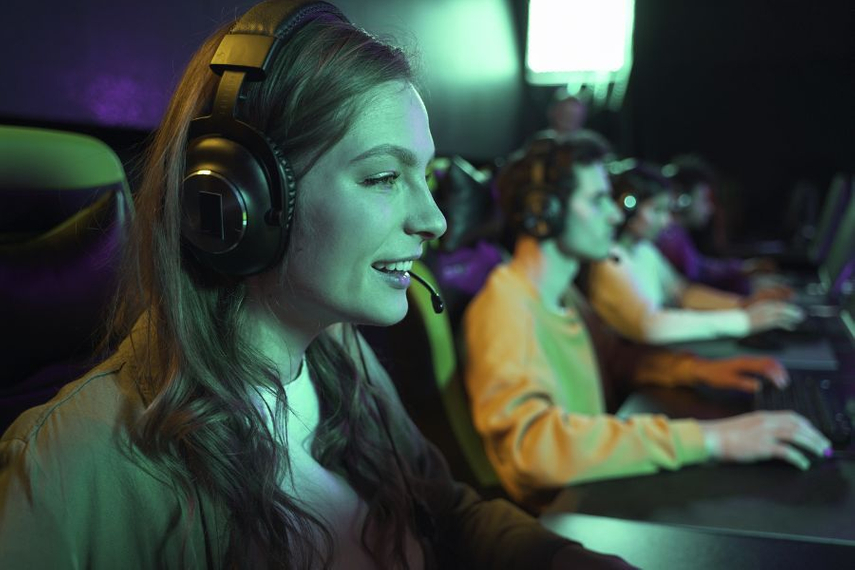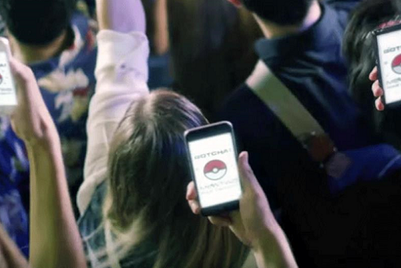
In India, where cricket and Bollywood hold center stage, a quiet revolution is underway. Women, traditionally relegated to the sidelines, are rapidly becoming important stakeholders in the world of gaming.
According to Lumikai’s ‘2023 State of Indian Gaming report’, women make up over 40% of Indian gamers and outplay men, clocking in an average of 11.2 hours a week compared to 10.2 hours for men. With 98% gaming on smartphones, their top reasons include relaxation, earning money, killing time, and socialising.
Mobile gaming's democratising influence has made games accessible to millions, fostering a diverse player base. Women, in particular, are a significant force. In fact, they account for nearly half of the world's three billion gamers. This trend is mirrored within Gamezop’s platform, where women comprised over 40% of the one billion gamers it engaged over the last four years.
The changing face of game marketing
This surge in female gamers is more than a demographic shift; it's a cultural transformation reshaping every facet of the industry, including the marketing activities of gaming companies. Gone are the days of the monolithic ‘gamer’ archetype. Advertising campaigns of gaming companies now feature women as skilled, confident players, challenging stereotypes.
Another interesting development is that with nearly one-and-a-half billion women globally engaging with games, non-gaming brands are recognising the immense potential of this audience. A case in point is Payal Dhare, also uses the moniker ‘Payal Gaming’, and is considered one of India's most popular female game creators.
These women wield significant purchasing power and influence consumer decisions. To be associated with this dynamic market, non-gaming brands are embracing strategies like featuring female gamers in campaigns, sponsoring women's tournaments, and collaborating with influential female gaming icons.
Brands that got it right
By championing women gamers, brands cultivate a more inclusive image that resonates with a broader audience. This not only attracts new customers but also deepens loyalty among existing ones.
Dove’s ‘Real virtual beauty’ initiative exemplifies this approach. The campaign created by LOLA MullenLowe challenges the representation of women in video games. By partnering with industry leaders like Epic Games and Women in Games, the brand promoted healthier, more inclusive representations of women in gaming.
Moreover, brands are moving away from generic marketing toward nuanced campaigns that emphasise empowerment, community, and diversity. Sephora's ‘Sephora Squad’ campaign is a prime example. Featuring a group of influencers, including female gamers, the campaign attracted over 15,000 applications, demonstrating the power of empowering women within a brand's ecosystem.
The power of social influence
Women gamers are social media powerhouses, amplifying brand reach manifold. By partnering with influential women gamers, brands tap into their vast social media followings and unlock access to millions of potential customers.
Look no further than Red Bull, which teamed up with professional female gamer and streamer Pokimane. This strategic collaboration resulted in captivating content, sponsored events, and heightened brand visibility within the gaming community. Social media conversations ignited, generating increased consumer engagement and interest in Red Bull.
We made it.
— Red Bull Gaming (@redbullgaming) February 28, 2020
(do not watch the VOD, she loves us, we swear!) pic.twitter.com/v8wOTNkyRy
While progress is evident, the challenge lies in moving beyond tokenism. Authentic representation is key. Marketers must recognise the diversity within the female gaming community and tailor campaigns accordingly.
Women possess a staggering $30 trillion in annual spending power and exert decisive influence over a wide array of purchase decisions, ranging from household spending to healthcare, travel, and education. Brands that cater to women gamers' broader interests gain a competitive edge and foster long-lasting customer relationships.
The rise of women in gaming is more than an economic opportunity; it's a cultural phenomenon. As more women enter the industry as players, developers, and marketers, we can expect a gaming landscape that is more inclusive, representative, and enriching.
Gaurav Agarwal, co-founder, Gamezop.



.jpg&h=334&w=500&q=100&v=20250320&c=1)
.jpg&h=334&w=500&q=100&v=20250320&c=1)



.jpg&h=334&w=500&q=100&v=20250320&c=1)



.jpg&h=334&w=500&q=100&v=20250320&c=1)



.png&h=268&w=401&q=100&v=20250320&c=1)




